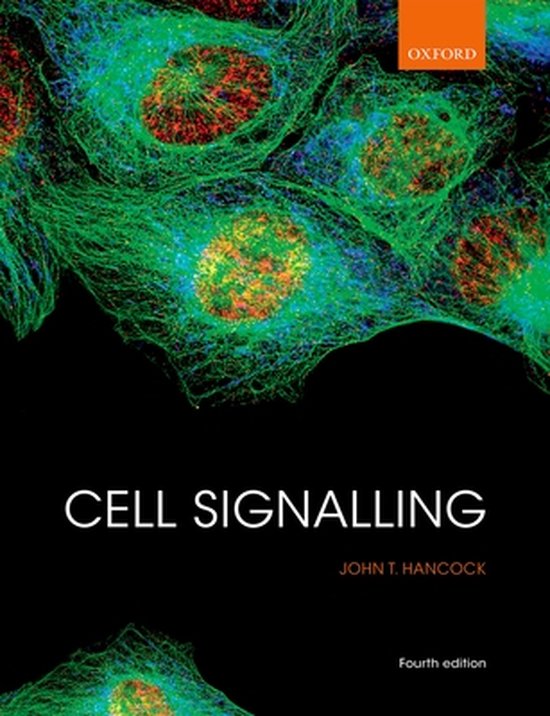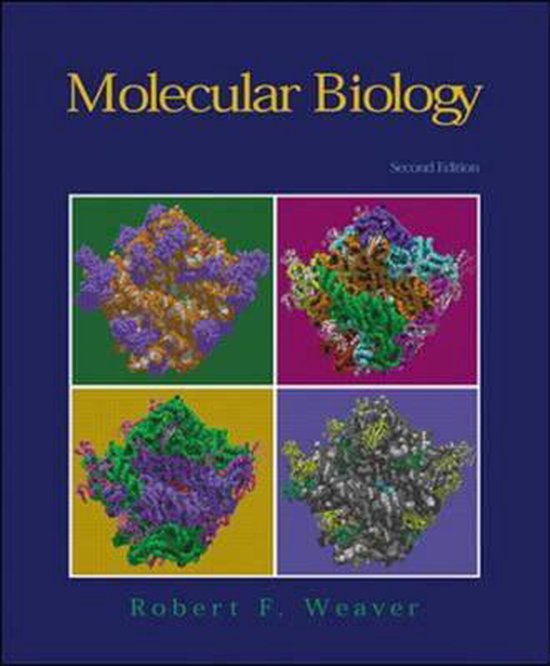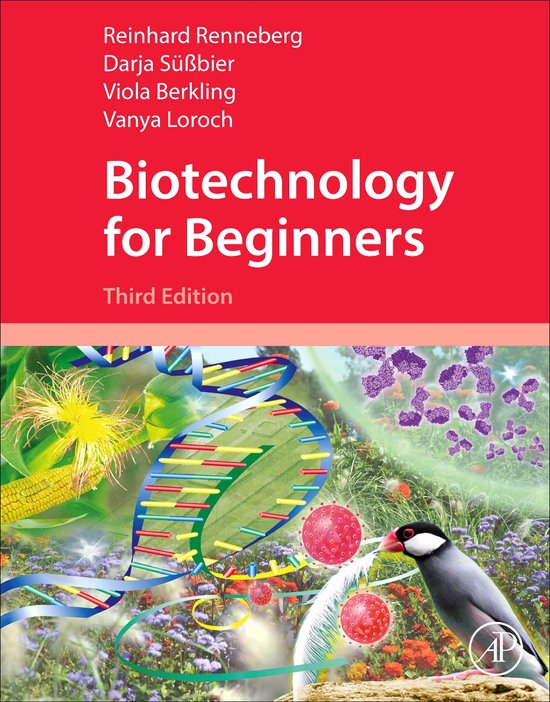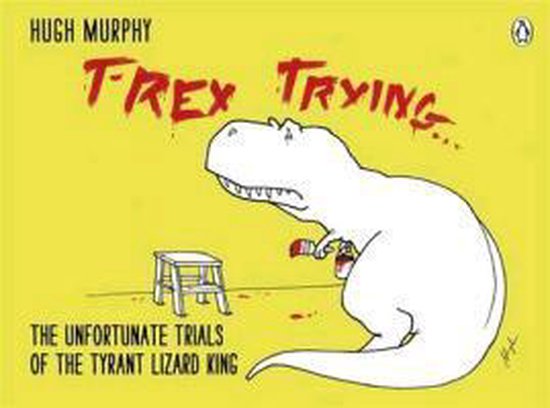
Oxford Biology Primers- Cell Signalling
Written primarily for students embarking on an undergraduate bioscience degree, this primer provides a clear introduction to the main aspects of cell signalling in biological systems, demystifying the subject for those new to the field.
Written primarily for students embarking on an undergraduate bioscience degree, this primer provides a clear introduction to the main aspects of cell signalling in biological systems, demystifying the subject for those new to the field. The primer provides an overview of cell signalling and highlights its importance in all organisms, before going on to describe the main components of cell signalling and examples of signal transduction pathways. The discussion then progresses on to key physiological conditions in which cell signalling has an instrumental role: cancer, apoptosis and diabetes. After getting to grips with the fundamentals of the subject, Cell Signalling opens a discussion on the future of the discipline, including how manipulation of cell signalling pathways is seen as the biggest target for the pharmaceutical industry, and how crop diseases, plant survival during stress, and post-harvest storage are all influenced by cell signalling pathways. Cell Signalling is supported by online resources and is available for students and institutions to purchase in a variety of formats. The e-book offers a mobile experience and convenient access along with functionality tools, navigation features and links that offer extra learning support: www.oxfordtextbooks.co.uk/ebooks The online resources include: For students: - Self-test questions For registered adopters of the book: · Figures from the book, available to download
Written primarily for students embarking on an undergraduate bioscience degree, this primer provides a clear introduction to the main aspects of cell signalling in biological systems, demystifying the subject for those new to the field. The primer provides an overview of cell signalling and highlights its importance in all organisms, before going on to describe the main components of cell signalling and examples of signal transduction pathways. The discussion then progresses on to key physiological conditions in which cell signalling has an instrumental role: cancer, apoptosis and diabetes. After getting to grips with the fundamentals of the subject, Cell Signalling opens a discussion on the future of the discipline, including how manipulation of cell signalling pathways is seen as the biggest target for the pharmaceutical industry, and how crop diseases, plant survival during stress, and post-harvest storage are all influenced by cell signalling pathways. Cell Signalling is supported by online resources and is available for students and institutions to purchase in a variety of formats. The e-book offers a mobile experience and convenient access along with functionality tools, navigation features and links that offer extra learning support: www.oxfordtextbooks.co.uk/ebooks The online resources include: For students: - Self-test questions For registered adopters of the book: · Figures from the book, available to download
| Auteur | | John T. Hancock |
| Taal | | Engels |
| Type | | Paperback |
| Categorie | | Wetenschap & Natuur |





